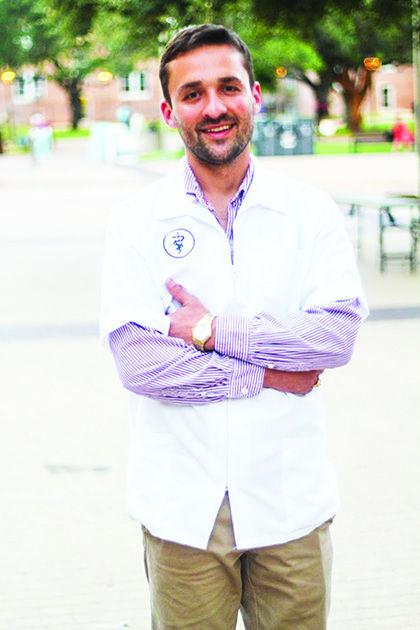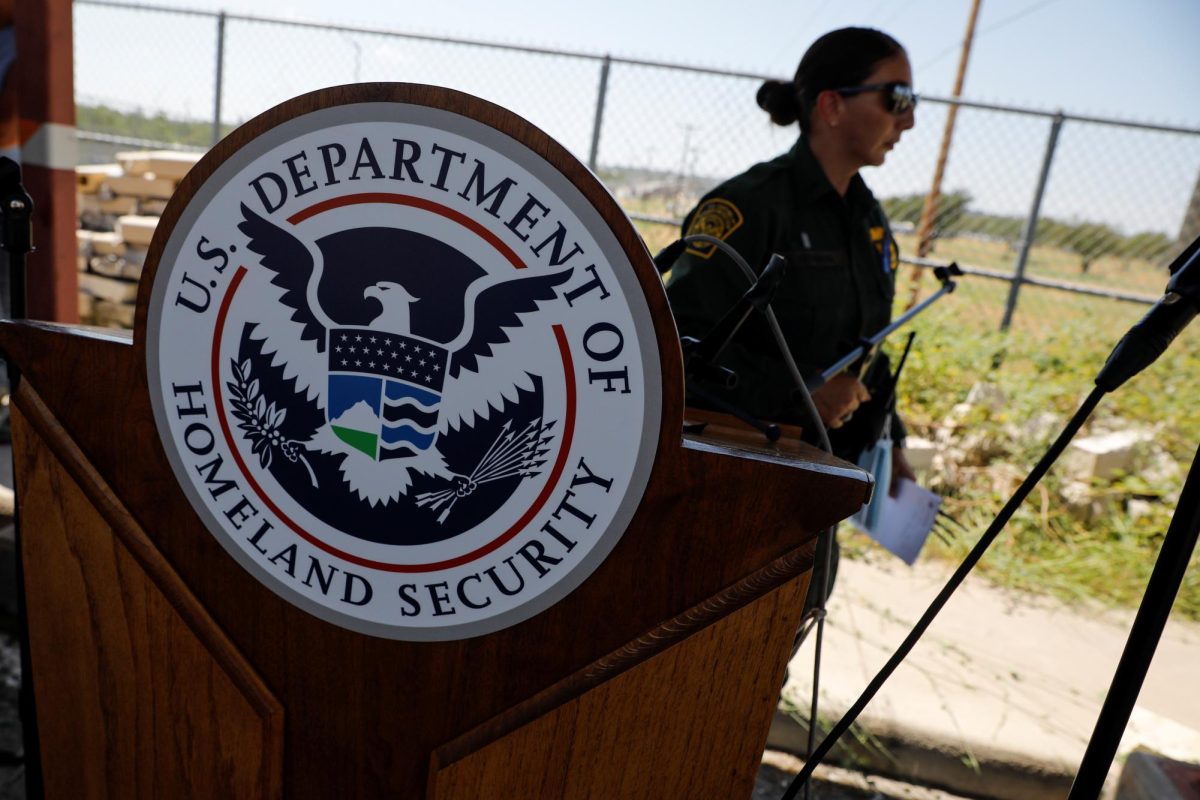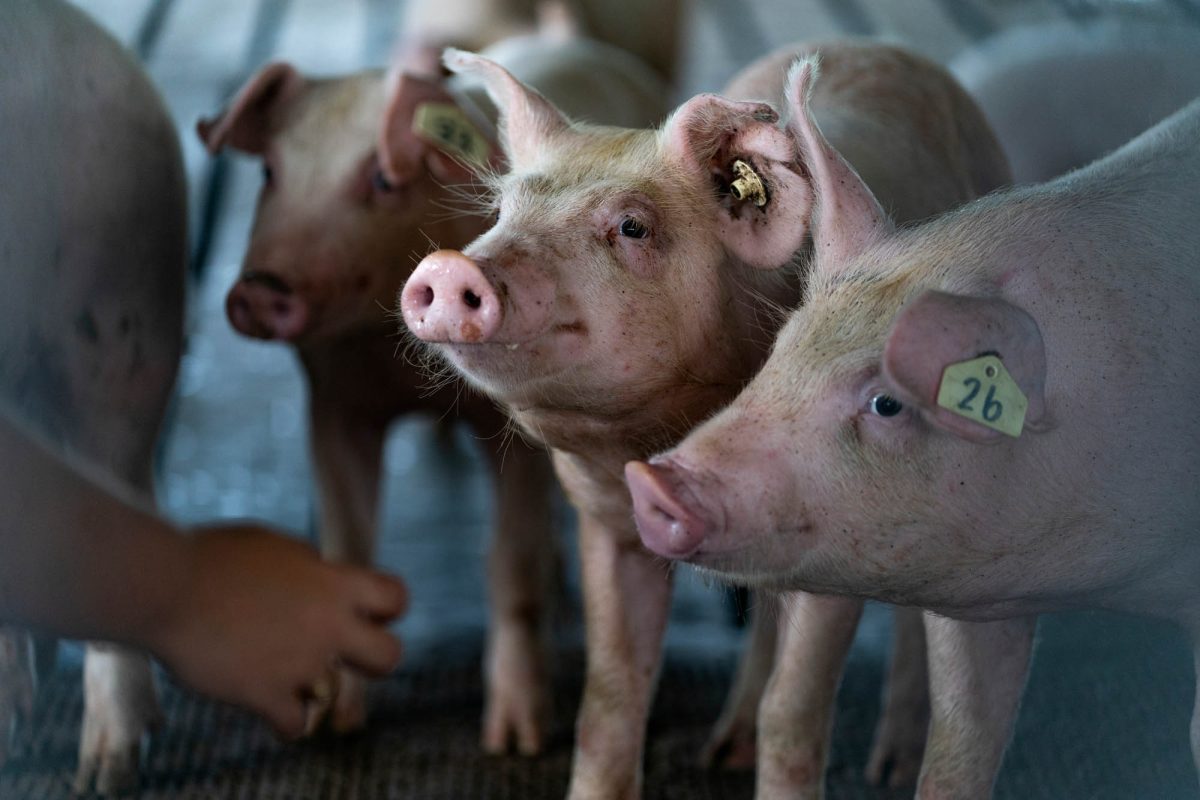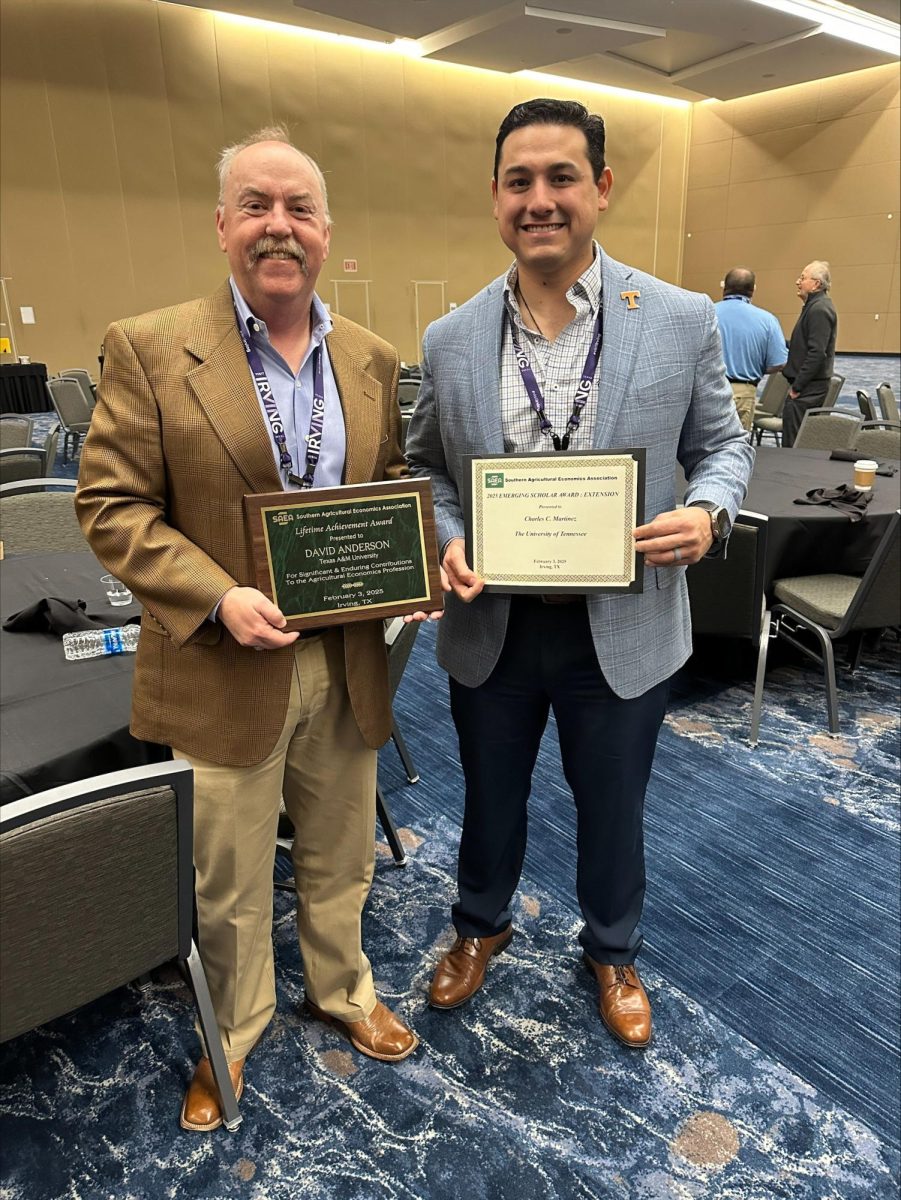Hispanic veterinarians are missing in Texas, and the state’s only public vet school is working to change that.
With disproportionately low percentages of Hispanic students enrolled in Texas veterinary programs, Texas A&M has made efforts to diversify its enrollment by targeting underprivileged areas.
A 2009 report to the Texas Legislature by the Texas Higher Education Coordinating Board found that while Hispanics represented 36 percent of the Texas population, only 9 percent of 2007 Texas veterinary graduates were Hispanic.
Richard Curry, associate professor of Hispanic studies, said the reason many Hispanics do not go into veterinary science is rooted in their culture.
“The Hispanic culture, particularly in Texas because you are getting a reasonably conservative portion of the Hispanic population, is still very male-dominated,” Curry said. “So you don’t get women choosing professions that are often associated with males. It would be difficult for me to imagine a female choosing to become a large-animal veterinarian coming from a Hispanic culture where women are not encouraged to do things that are more often associated with men.”
Curry said many of the problems stem from inadequate early education.
“Hispanics in the state of Texas, regardless of their gender, we still know, statistically, do not get a training in sciences equivalent to that of many other populations,” Curry said. “Most of them are in border or in less affluent school districts, or they’re in rural districts so they’re not getting a science preparation that’s going to allow them to go to University and get the sciences that they need to get into veterinary medicine.”
Kenita Rogers, associate dean of veterinary medicine, said the A&M veterinary program has been making new recruitment efforts toward underrepresented minorities, URMs, including offering the biomedical sciences major, an undergraduate degree program that provides a science foundation to prepare students for a variety of health professions, including medicine, veterinary medicine and dentistry.
“The biomedical sciences program maintains numerous two-plus-two relationships with community colleges around the state, many of which have a high percentage of URM students,” Rogers said. “This program facilitates entry of these students into Texas A&M University, helping to increase the diversity of our campus.”
Another one of the college’s initiatives is a K-12 program called Partnership for Environmental Education and Rural Health provides online science materials to a diverse population nationwide.
Rogers said diversifying efforts have met some success. There are 18 Hispanic students in the current first-year class, 13.6 percent of the class.
“We need to continue to work hard to ensure that veterinary medicine is seen as an attractive and viable career for all students, but particularly for our URM applicants,” Rogers said. “The pool of applicants from underrepresented groups has increased, but still remains a relatively small proportion of the overall applicant pool to veterinary school.”
Curry said Hispanics need positive Hispanic role models in veterinary sciences to encourage them to follow a line of work that is less common.
“We know that people will move in directions where they have positive role models,” Curry said. “Until they get more representation in that professional community, that’s not going to be a choice that Hispanics will make. What they will continue to make — especially because there are efforts to recruit them in Hispanic communities — are things like psychology, business and social sciences because there are recruitment efforts made towards them there.”
Josh Garcia is a Hispanic student in his final year in the department of large animal clinical sciences. He said his experience school has been positive and he has seen substantial efforts to increase diversity.
“I think that [diversity] is something that’s promoted at the vet school,” Garcia said. “It’s something that they try to evaluate and look into. There are different programs within the vet school, as well as different surveys that we take to make sure that diversity is enforced.”
URM students refer to all kinds of minorities, not just Hispanics, and the college is making an effort to include as many as possible. Rogers said the percentage of qualified URM applicants for the Class of 2018 was 26.3 percent and 66 percent of these applicants are Hispanic.
“This is the highest percentage in recent memory and we hope that this important trend continues,” Rogers said. “If the URM numbers within our applicant pool continue to grow, we can more closely reflect Texas demographics and continue to serve all of the constituencies within our state.”
Brandon Dominguez, clinical assistant professor in the department of large animal clinical sciences, said recruiting efforts are crucial if the program is to continue to grow and increase its diversity.
There are several programs and scholarships available,” Dominguez said. “Getting the message out regarding how to apply to programs to those students who are potentially interested is the key to increasing diversity.”
But it takes more than recruiting, Rogers said. The college is interested in all aspects of climate and diversity, which includes student groups such as The Council for Diversity and Professionalism, Veterinarians as One in Culture and Ethnicity and the Lesbian and Gay Veterinary Medical Association.
The A&M veterinary school is the only one in the country in which medical Spanish and other cultural classes are taught within a larger required course. This further goes to incorporate an environment of diversity and acceptance.
“We believe that creating an inclusive learning environment where respect and diversity are highly valued and expected is just as critical to our long-term success as any of our recruiting efforts,” Rogers said,
Garcia agrees that recruiting and promoting diversity is important, but said the decision to participate in the program is ultimately up to each person.
“I think diversity is promoted throughout the vet school,” Garcia said. “But you can only do so much to recruit and promote. At the end of the day it’s up to the individual. It’s very difficult to get into veterinary school and I think it all comes down to the individual.”
of Texas, regardless of their gender, we still know, statistically, do not get a training in sciences equivalent to that of many other populations,” Curry said. “Most of them are in border or in less affluent school districts, or they’re in rural districts so they’re not getting a science preparation that’s going to allow them to go to university and get the sciences that they need to get into veterinary medicine.”
Kenita Rogers, associate dean of veterinary medicine, said the A&M veterinary program has made new recruitment efforts toward underrepresented minorities, URMs, including offering the biomedical sciences major, an undergraduate degree program that provides a science foundation for a variety of health professions, including medicine, veterinary medicine and dentistry.
“The biomedical sciences program maintains numerous two-plus-two relationships with community colleges around the state, many of which have a high percentage of URM students,” Rogers said. “This program facilitates entry of these students into Texas A&M University, helping to increase the diversity of our campus.”
Another one of the college’s initiatives is a K-12 program called Partnership for Environmental Education and Rural Health. This program provides online science materials to a diverse population nationwide.
Rogers said diversifying efforts have met some success. There are 18 Hispanic students in the current first-year class, 13.6 percent of the class.
“We need to continue to work hard to ensure that veterinary medicine is seen as an attractive and viable career for all students, but particularly for our URM applicants,” Rogers said. “The pool of applicants from underrepresented groups has increased, but still remains a relatively small proportion of the overall applicant pool to veterinary school.”
Curry said Hispanics need positive role models in veterinary sciences to encourage them to follow a line of work that is less common.
“We know that people will move in directions where they have positive role models,” Curry said. “Until they get more representation in that professional community, that’s not going to be a choice that Hispanics will make. What they will continue to make — especially because there are efforts to recruit them in Hispanic communities — are things like psychology, business and social sciences because there are recruitment efforts made towards them there.”
Josh Garcia is a Hispanic student in his final year in the department of large animal clinical sciences. He said his experience in the school has been positive and he has seen substantial efforts to increase diversity.
“I think that [diversity] is something that’s promoted at the vet school,” Garcia said. “It’s something that they try to evaluate and look into. There are different programs within the vet school, as well as different surveys that we take to make sure that diversity is enforced.”
URM students refer to all minorities, not just Hispanics, and Rogers said the college is making an effort to include as many as possible. Rogers said the percentage of qualified URM applicants for the Class of 2018 was 26.3 percent and 66 percent of these applicants are Hispanic.
“This is the highest percentage in recent memory and we hope that this important trend continues,” Rogers said. “If the URM numbers within our applicant pool continue to grow, we can more closely reflect Texas demographics and continue to serve all of the constituencies within our state.”
Brandon Dominguez, clinical assistant professor in the department of large animal clinical sciences, said recruiting efforts are crucial if the program is to continue to grow and increase its diversity.
“There are several programs and scholarships available,” Dominguez said. “Getting the message out regarding how to apply to programs to those students who are potentially interested is the key to increasing diversity.”
But it takes more than recruiting, Rogers said. The college is interested in all aspects of climate and diversity, which includes student groups such as The Council for Diversity and Professionalism, Veterinarians as One in Culture and Ethnicity, and the Lesbian and Gay Veterinary Medical Association.
The A&M veterinary school is the only one in the country in which medical Spanish and other cultural classes are taught within a larger required course of study.
“We believe that creating an inclusive learning environment where respect and diversity are highly valued and expected is just as critical to our long-term success as any of our recruiting efforts,” Rogers said,
Garcia agrees that recruiting and promoting diversity is important, but said the decision to participate in the program is ultimately up to each person.
“I think diversity is promoted throughout the vet school,” Garcia said. “But you can only do so much to recruit and promote. At the end of the day it’s up to the individual. It’s very difficult to get into veterinary school and I think it all comes down to the individual.”
Picture by David Cohen
Graphic by Sydney Farris
Where are the Hispanic veterinarians?
September 14, 2014
0
Donate to The Battalion
$2790
$5000
Contributed
Our Goal
Your donation will support the student journalists of Texas A&M University - College Station. Your contribution will allow us to purchase equipment and cover our annual website hosting costs, in addition to paying freelance staffers for their work, travel costs for coverage and more!
More to Discover










